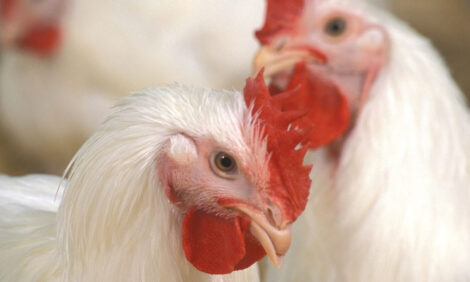



Development of a Method for Early Sex-sorting of Poultry
Researchers from the University of Delaware have developed a method for the early sex-sorting in poultry in order to improve hatchery efficiency.Gender is one of the most important traits in agricultural animals, according to S. Golovan and colleagues at the University of Delaware. For the commercial poultry industry, determining fertilisation status and embryo sex is critical, they say, as it has been estimated that about nine per cent of all incubated eggs are non-fertile and do not hatch.
Early detection and removal of non-fertile eggs would allow hatcheries to save space, costs and prevent contamination from exploded eggs.
In this project, sponsored by the US Poultry and Egg Association, a real time, non-invasive procedure was developed to image eggs to determine fertilisation and sex. The process is ideally suited to mass parallel imaging, allowing for rapid, high-throughput analysis.
The project had two objectives:
- developing a machine learning classifier to differentiate male and female chicken embryos during early stages of development using machine learning, and
- confirmation of the machine learning classifier accuracy using independent egg sets.
For the first objective, a first generation system was developed that was 89 per cent accurate for fertilization and 76 per cent accurate for sex.
In the initial project proposal, images were to be evaluated at only zero, four and 30 hours of incubation. Previous research highlighted a difference between four and 30 hours but did not provide information as to when the differences were most significant during that time period. For this reason, the protocol was modified to allow repeated imaging during incubation. Determination of the ideal time for imaging has not been completed; however, images collected prior to 30 hours of incubation were suitable for use.
For the second pbjective, the imaging system was trained using a set of more than 2,000 images including a sub-set of eggs not included in the original data set.
The system shows promise, Golovan and colleagues report but it needs additional development to improve performance. For a first-generation system, the accuracy is quite good, they say.
This project showed that in-ovo detection of fertilisation and sex is possible and practical using commonly available machine vision hardware and algorithms. Additional research will need to be performed to determine the ideal time for imaging and to improve accuracy.
Initial efforts towards commercialisation are underway, the Delaware group added, and an invention disclosure - the first step towards patent protection - has been filed.
November 2013








